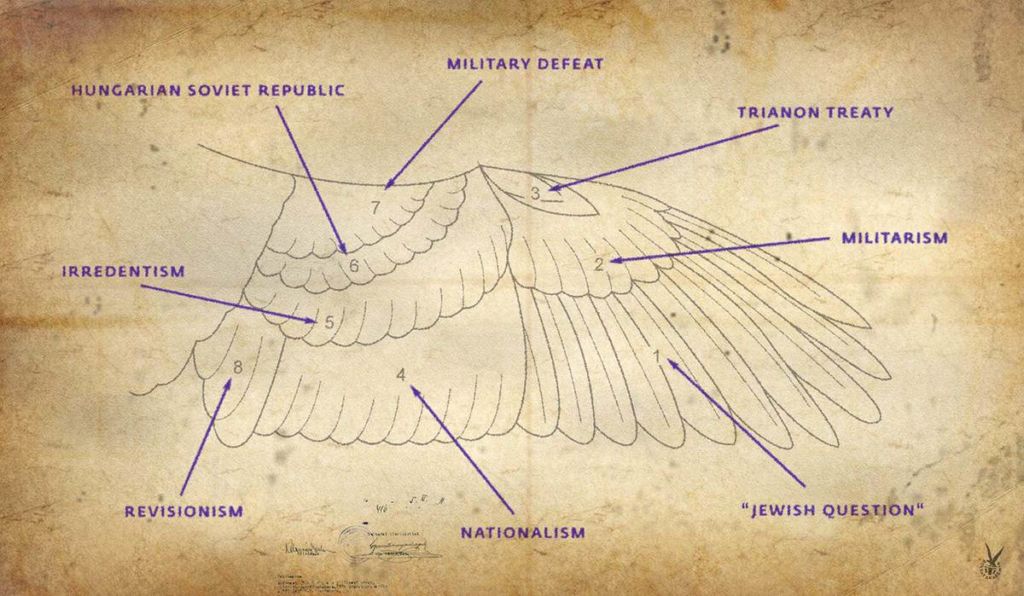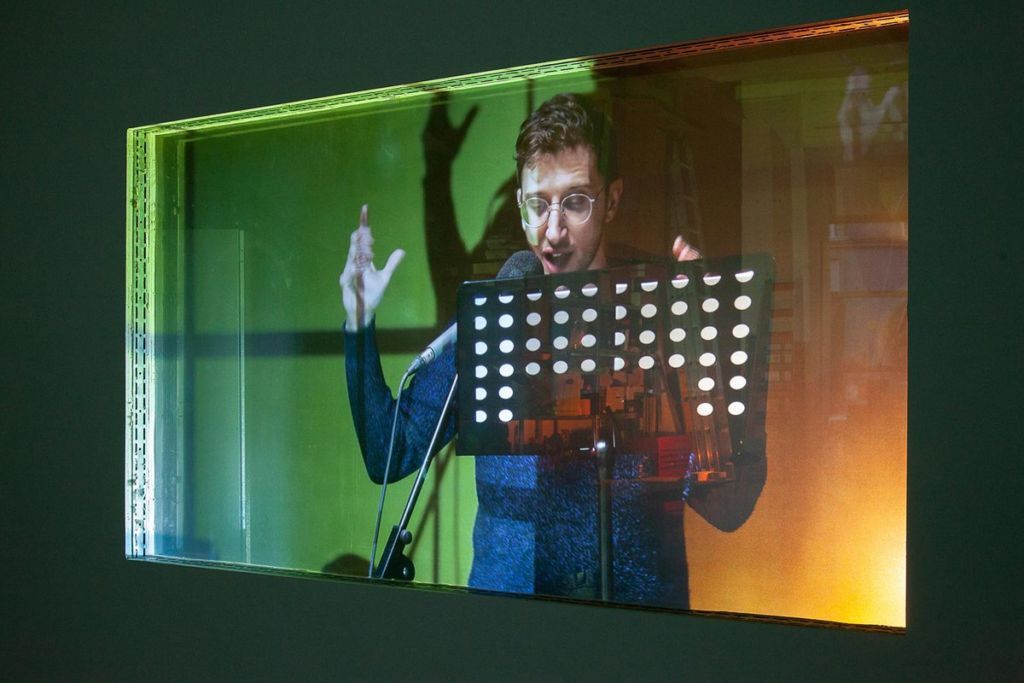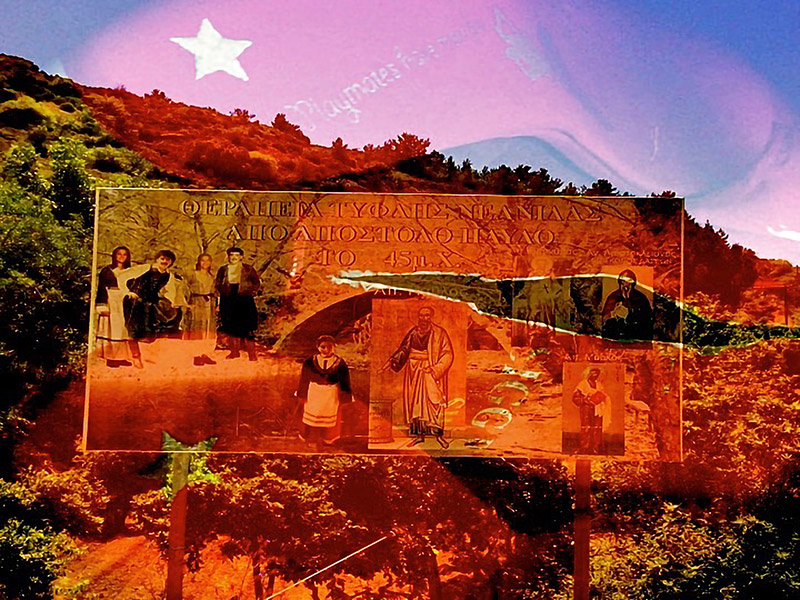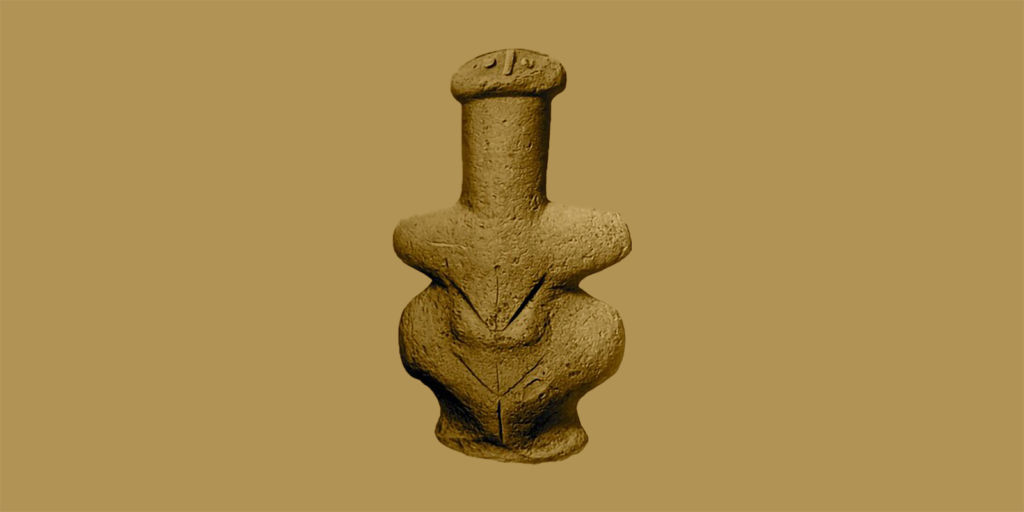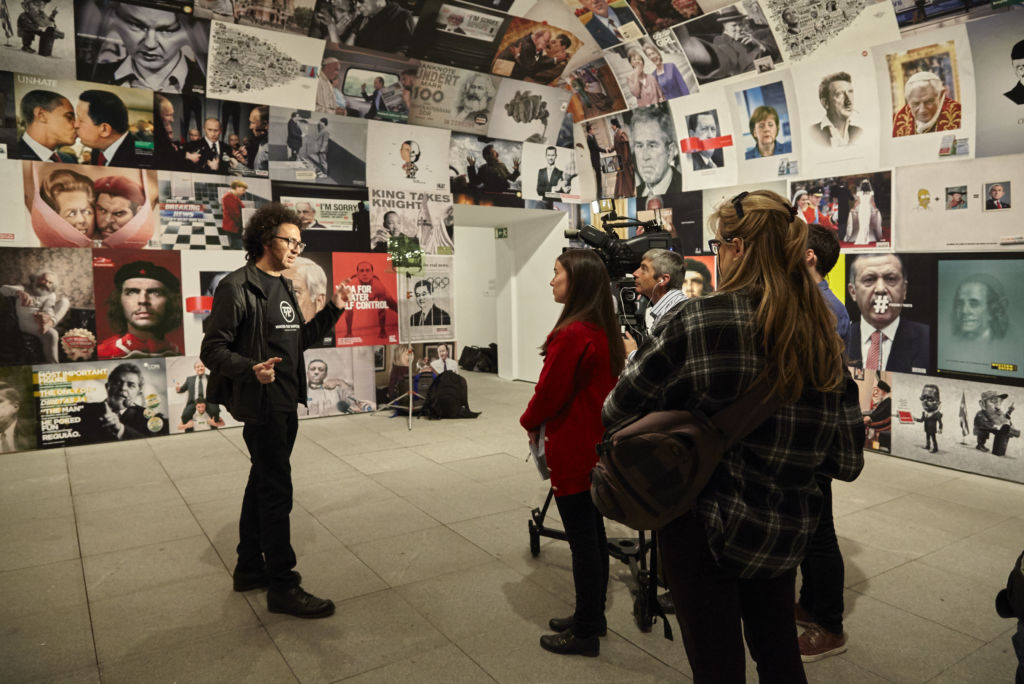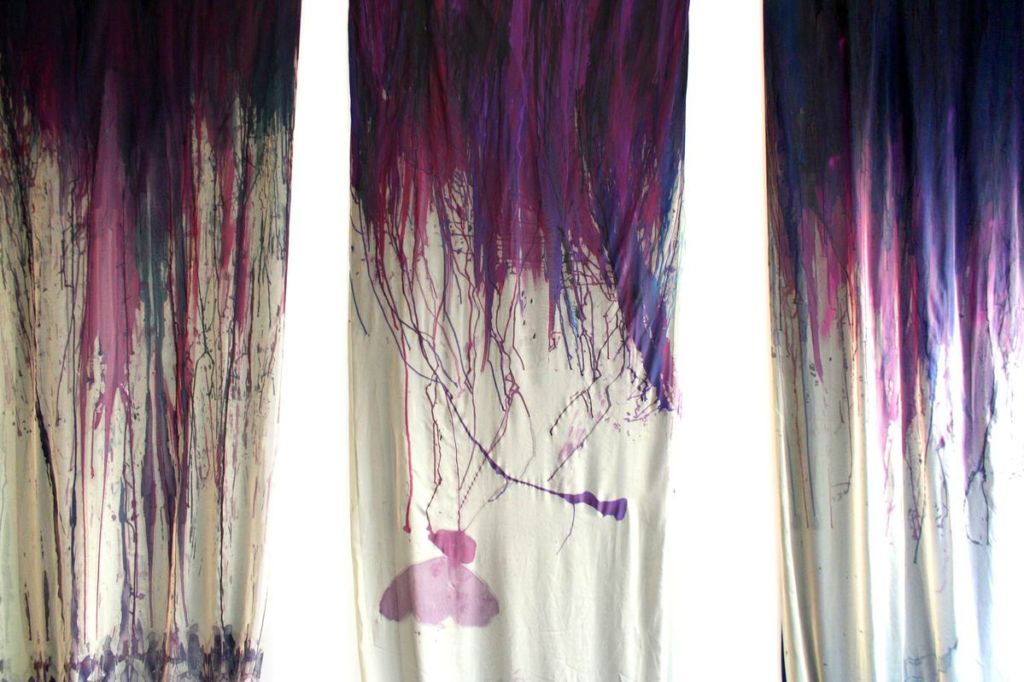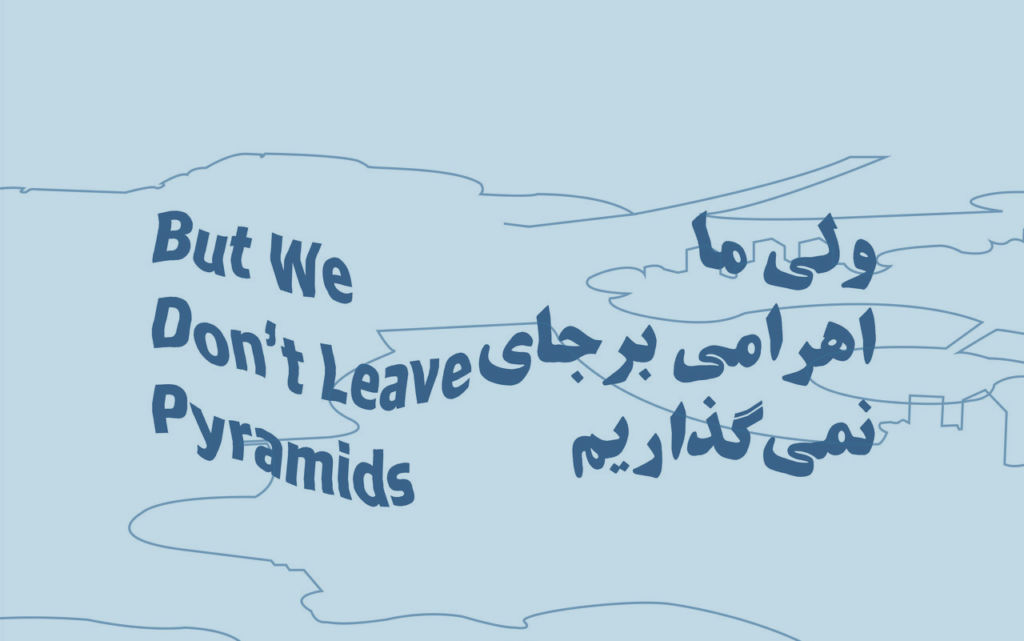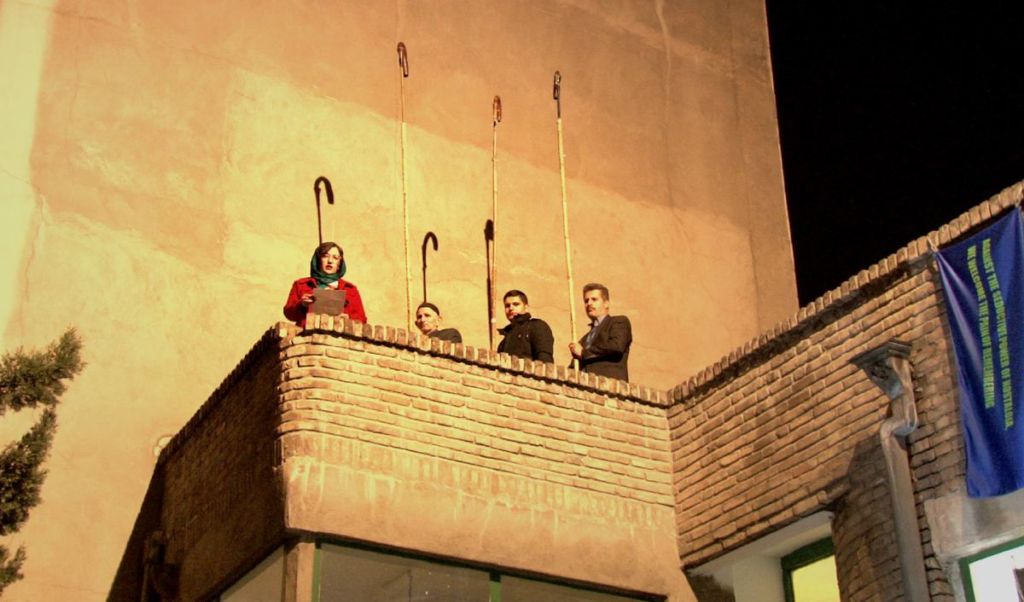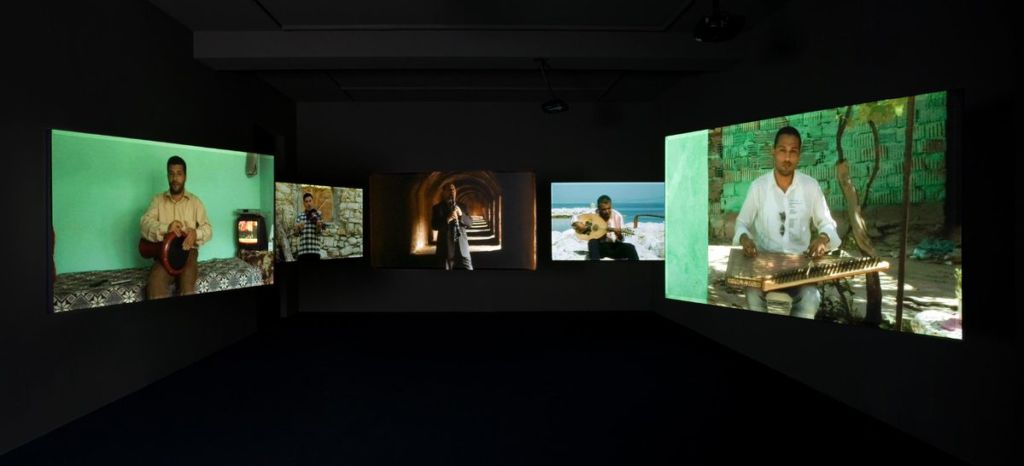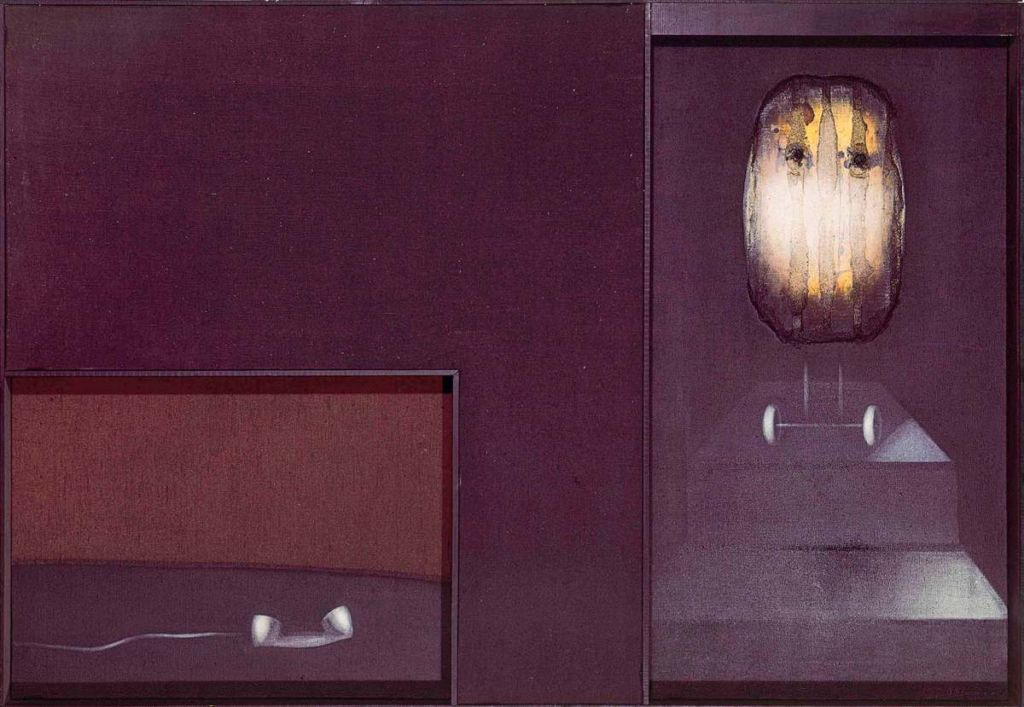Naomi Klein’s book This Changes Everything, published in 2014, perfectly explains and analyzes (amongst other merits) the role and impact of First Nations in the struggle to protect nature from the greed of international mining corporations. Are Indigenous artistic practices a reflection of this changing situation, wherein minority populations in Canadian society are being given access to a new kind of power? Through the artistic and conceptual standards established by previous American environmental art movements, and through the singular understanding that Indigenous cultures have of nature’s reign, artworks by Canadian artists can be analyzed for insight into the esthetic and political renewal of environmental art. They also suggest an avenue for emancipating Indigenous art from the limitations of their typical exhibition circuit and critical discussion.
This denomination can lead to some confusion. According to the literature, environmental art sees itself as an art of monumental installations where entire environments are imagined by artists; as producing artworks that take an environmental stance; or even simply as conveying a sense of nature. There seems to be no consensus and the nomenclature continues to grow. We will continue to use ‘environmental art’ for lack of better terms.
Sabine Rabourdin, Les sociétés traditionnelles au secours des sociétés modernes, Paris, Delachaux et Niestlé, 2005, p.31.
Frédéric Deroche, Les peuples autochtones et leur relation originelle à la terre, un questionnement pour l’ordre mondial, Paris, L’Harmattan, 2008, p.35.
Id., Ibid., p.47.
Naomi Klein, This Changes Everything, Great Britain, Penguin Books, 2015, p.372.
Id., Ibid., p.424.
Id., Ibid., p.428-429.
Id., Ibid., (p. 437).
Jean-Philippe Uzel, « L’autochtonie dans l’art actuel québécois. Une question partagée », Globe : revue internationale d’études québécoises, vol.17, n°1, 2014, p.38.
Id., Ibid.
Guy Sioui-Durand, « L’onderha », Inter, n°122, décembre 2015, p.4.
Since the 1960s, art has turned the environment into both a medium and a subject by following strategies that, through the testimonial power of images, allow it to stand in equal measure as a guardian, prosecutor, or a pragmatic restorative action developed in dysfunctional environments. These stances come from a Western conception of nature and how to protect it, which in contemporary times, has given rise to an ecology that denounces anthropocentrism and utilitarianism, calling instead for a greater interest in the wisdom and knowledge of First Peoples scattered across the continents. Considering the long descent common to all Indigenous peoples, their view of nature indeed brings forth entirely new perspectives for Westerners (culturally cut off from nature) and pushes for an urgent transformation of environmentalism. There is thus a legitimate need to embark now on a search for Indigenous ecological art and to try to define its parameters, starting with the pioneering example of American environmental art.
Conditions for the rise of environmental art
In conjunction with the rise of environmental photography, environmental art has existed in the United States since the 1960s, taking up the mission of rehabilitating urban lands that were polluted or profoundly affected by humans; an art concerned with healing the landscape, pushing citizens to commit to an artistic approach that is both conceptual and pragmatic. This Ecological art, also labeled Eco-Art or Environmental Art1, emerged after the media and politicians realized the precarious state of nature’s health, harmed for years by widespread pesticide use, a practice whose effects were denounced in 1962 by biologist Rachel Carlson in her essay Silent Spring. The text, originally a New York Times serial, brought Carlson under violent attack, often with clearly sexist overtones. The attacks were continuously led by the chemicals industry until President Kennedy finally decided to launch an investigation. The essay hit a nerve, pushing American society to begin its entry into the modern era of environmentalism. An era divided between the “conservationist” camp; one in favor of reasonably managing and pragmatically protecting resources, and the “preservationist” camp; a conservatory and non-utilitarian view of nature as wild and romanticized — the wilderness faction. This division remains valid today, guiding both anthropocentric and non-anthropocentric approaches to modern environmentalism, which has diversified and grown since the 1980s to incorporate environmental ethics and philosophy.
Environmental art practices
Following these approaches, environmental art has produced artworks that propose new connections between nature and society. After an initial conceptual and museum-based start from 1965 to 1980, environmental artworks go monumental and action-oriented by taking responsibility for urban decontamination (Patricia Johanson, Alan Sonfist), developing hyper-accumulators to filter heavy metals from the soil (Mel Chin), or metabolizing landfills by converting them into public parks (Mierle Laderman Ukeles). Environmental art is a profoundly utilitarian and relational art, ecologically minded without radical activism, unlikely to cede to emotion after a natural catastrophe since environmental art is a “cold “ art that intervenes in abandoned zones or territories, far from all emergencies. It destabilizes analytic conventions and regular critique by insisting on art’s autonomy, through which it establishes its opposition. It is clearly different from Land Art, a better-known movement involving landscape-scaled creations that have no restorative scope, such as temporary installations by Christo or Michael Heizer. Environmental art does not aim for the grand effect that is the bread and butter of Land Art. It is a laborious kind of art, perennial, that escapes the mediatized instant in order to develop in osmosis with natural cycles.
It does not address one spectator in particular but the members of the community in which the piece is made. What critical devices do we gain by appreciating an art form that draws on experimentation, shared responsibility and ecological interdependence, and in virtue of which values – esthetic, biological, ecological, social, ethical or all of the above? The question remains unanswered, relegating an entire artistic movement to the shadows of so-called naturalist artistic practices, despite its innovations and the unique and pertinent stance it brings to today’s social and environmental issues.
The Indigenous take on nature
Environmental art places the community’s interests at the center of its practice rather than the individual’s. It places the biotic community over a wild and distant nature, healing over demonstrations of the spectacular. In this respect, it conforms even more to our current Western understanding of the relationship that First Peoples have to nature, particularly in North America. Engineer and ethno-ecologist Sabine Rabourdin explains that by orchestrating the protection of nature, Westerners position themselves from above, adopting an “attitude of domination2.” She writes, “This protective attitude, equal to the dominating attitude, implies that we perceive or we consider ourselves as ‘exterior’ to nature. […] Protection thus functions as another form of domination.” As a consequence, we uphold the exploitation of nature. The concept of property naturally also nourishes a harmful tendency toward domination and feudalization, although it is a rather exceptional idea amongst Indigenous cultures. Lawyer and researcher Frédéric Deroche clarifies: “Their relationship to the earth rests on a holistic vision of the territory where animal and plant worlds possess an inherent value and where humans are an integrated part of the Whole. If the human being is superior for its advanced development, compared to other elements, indigenous people nevertheless uphold that this does not grant humans permission to exploit, abuse and destroy nature; our duty is to good management and respect3.” The Indigenous concept of nature is genealogical: humans are a part of nature, and the idea of interdependence is not a sign of weakness, rather the cornerstone of a harmonious society. This fusion supplants the desire to conquer; rights are shared, equality is primordial. “Humans are parts of a greater Whole. For indigenous people, the earth is not a simple expanse but part of a social body4.” Despite this model for a mutually dependent relationship between nature and its resources, as well as the intellectual and scientific acknowledgement of the usefulness of such concepts, the situation for Indigenous people remains complex.
First Nations of Canada
First Nations are in a fragile situation, particularly in Canada. Their recognition will not come through emancipating themselves from the colonial domination that is still in place today. First Nations must perpetually share and negotiate their lands, all while striving to have their ancestral rights honored, all without living in the past. Their battle is moral and legal in equal measure, they must utilize their extraordinary ecological power to compensate as the usual approaches of “White Men” lose steam against the oil, gas, mining and other corporate industries that exploit natural resources for enormous financial profits. In This Changes Everything, Naomi Klein is strong at clarifying and analyzing the First Nation’s role and impact in the struggle to preserve the environment, or at least to sustain a certain ecological balance. She explains in particular that at the end of the 1990s, the highest courts of law (the Supreme Court of Canada) ruled in favor of the First Nations. Their rulings recognized that in the absence of treaties signed between the Native Peoples and Canada, lands conceded by First Nations would be “shared” in a balanced way, to induce a perfectly harmonious usufruct of resources. It is valid to suggest that an unwarranted exploitation or deterioration of these lands would constitute a breach of this accord. First Nations are thus recognized as users of these lands.
And yet, as Naomi Klein notes: “In Canada, the period after the Supreme Court decision was a tumultuous one. Federal and provincial governments did little or nothing to protect the rights that the judges had affirmed5.” The author goes on to inquire: “No one has more legal power to halt the reckless expansion of the tar sands than the First Nations living downstream whose treaty-protected hunting, fishing, and trapping grounds have already been fouled, just as no one has more legal power to halt the rush to drill under the Arctic’s melting ice than Inuit, Sami, and other northern Indigenous tribes whose livelihoods would be jeopardized by an offshore oil spill. Whether they are able to exercise those rights is another matter6.”
Ecology: an indigenous future
The reality is actually complex. These small communities have neither the legal nor financial resources of the oil giants. It is not in their power to refuse the employment opportunities these industries offer, nor can they ignore their shiny promises of investment in infrastructure. So how does one reconcile material development, access to material improvements and environmental safety, when living conditions on the reservations are practically at Third World standards? “Once again, the mismatch is staggering. The Athabasca Chipewyan First Nation, with just over one thousand members and an operating budget of about $5 million, is battling both the Canadian government and Shell, with its 92,000 employees across more than seventy countries and 2013 global revenues of $451.2 billion. […] It is this gap between rights and resources – between what the law says and what impoverished people are able to force vastly more powerful entities to do—that government and industry have banked on for years7.”
The dilemma is even more critical seen that NGOs and “white” environmental protection groups have also discovered the potential of Indigenous communities, a power that grants them ancestral land rights even when the law is not strictly applied. The future of ecology therefore lies beyond the reservation borders in the strictest sense and touches other Canadian populations. Thanks to Indigenous groups, non-native people who cannot get themselves heard by the provincial or federal governments also benefit from ethical and legal leverage undeniably more powerful than putting a stop to so-called “extractive” projects (from mining to pipeline transport of fossil fuels). On the one hand, this unforeseen alliance gives recognition to the First Nations, their rights, their history, the decades of untapped power of these minority communities. On the other hand, one might regret this new, perverse effect of colonialism which seeks to pillage an Indigenous virtue without offering anything in return, aside from the satisfaction of having once again served the “White Man”, just like during the great era of conquering North America, which could only occur thanks to the knowledge of the “Indians”. “Non-Natives will have to become the treaty and land-sharing partners that our ancestors failed to be, making good on the full panoply of promises they made, from providing health care and education to creating economic opportunities that do not jeopardize the right to engage in traditional ways of life8,” explains Naomi Klein. The fight against climate change and environmental deterioration must pass through these somewhat counter-intuitive alliances between non-Native people and First Nations, an entirely new way of living together that remains to be invented, as long as these communities continue to have such a poor understanding of one another.
From conventional hybridization strategies…
All this leads to a desire to find an Indigenous ecological artistic practice commensurate to these recent changes as reported by Naomi Klein. Such oppositional concepts of nature can only give rise to different practices. With the vitality of the Idle No More movement, the recent political signs of improved understanding of the specificities of various Indigenous peoples, and even the slight dip in the power of big oil due to the recent decline in price-per-barrel, one could say that the ecological wave has finally broken onto the Indigenous artistic scene. Ecology backed by rights-to-land issues means getting caught up in a political and economic imbroglio that few artists manage to express without being didactic in their practices. The most proliferate form would be the classical practice of documentary art. Ben Powless (Mohawk, citizen of the Six Nations of Ontario) for example, takes photographs that show the repercussions of oil drilling in the Alberta tar sands on the Cris, Déné and Métis communities. Similarly, the film Fracture Land (2015) by Damien Gillis and Fiona Rayher, depicts an investigation led by lawyer Caleb Behn, whom we follow in his battle against big oil in Alberta.
Today, the right to accessible drinking water and the conservation of waterways are one of the important legal leverage points for these communities in their fight against international corporations. Author and artist Tanya Harnett uses red dye to model what hydrocarbon-pollution-affected water resources in Indigenous communities could look like. For her series Scarred/Sacred Water, in 2011, she went to the heart of five reservations in Alberta province. There she encountered communities working hard to repair the industrial damage that has ravaged their waters. By using a thick, almost viscous dye (entirely different from the transformation of the Venetian Grand Canal waters, which were turned acid green in 1968 through a dissident action by Argentine artist Nicola Uriburu), Harnett renders visible the contamination that is hard to see with the naked eye, yet is there nonetheless. Her action bears witness to the subjugation of Albertans and aims to resonate with other First Nations who are often poorly informed about one another’s activities due to the vast distances that separate them.
Visually, the series avoids being didactic and the artist herself sustains a tension: she puts all the stakes on pollution. This citizen “mission” is a response to the conventional political and activist resorts, and coincides with the painting practice of Lawrence Paul Yuxweluptun, an artist of Salish ascendance that has been making Ubu-esque, surrealist paintings inspired by the political and environmental issues affecting his Nation since the 1980s. The artist transforms graphics related to Salish culture into cartoons that mock situations, such as a deity observing as a couple of scientists in white lab coats pitifully attempt to plug the hole in the ozone layer (Red Man Watching White Man Trying to Fix Hole in the Sky, 1990). Lawrence Paul Yuxweluptun articulates his Indigenous iconography into a direct criticism of the destruction of Indigenous lands and resources within a larger, militant œuvre.
…To a unique Indigenous solution
As a complement to these more or less frontal visual strategies, there are artworks that frame this complex ecological question within the economic conditions and political situations of Indigenous communities. The Montreal-based Algonquin artist Nadia Myre, for instance, has made several pieces addressing the relationship of these communities to the earth and to nature, also evoking their claims to land rights.
In Journey of the Seventh Fire (begun in 2008), she specifically tackles how big Canadian energy companies are illegally exploiting Indigenous lands. The logos of Alcan (jewel of the aluminum industry), Hydro-Québec (major Québécois energy company), Frontenac Ventures and Cameco (major uranium mines) are re-created in pearl, following ancestral Indigenous techniques that require laborious and meticulous skill, used here as a metaphor for the First Nation plight. “Pearls are Nadia Myre’s preferred material […] and refer directly to wampum belts, made of clam-shell pearl, which the First Nations used to seal economic pacts and political alliances, or more generally to emphasize the mutual respect between partners, including with the newly arrived Europeans. Here Myre makes a reference, as the title indicates, to one wampum belt in particular: the belt of the Prophecy of the Seven Fires, fabricated at the end of the fourteenth century (so before the arrival of the Europeans) and preserved by the Kitigan Zibi (Maniwaki) community to which the artist belongs9,” explains Montreal-based university researcher Jean-Philippe Uzel. It so happens that many of the companies whose logos Nadia Myre reproduces in simple bold colors, like Frontenac Ventures, make their profit off illegal extraction activities.
While drilling on Algonquin land in Ontario in 2007, the company found itself at the core of an action carried out by a union of several First Nation communities. The artist translates these events into a re-telling of the famous Prophecy of the Seven Fires. “This ancestral prophecy, first transcribed by Edward Benton-Banai in 1979 [The Mishomis Book. The Voice of the Ojibway], relates the story of seven prophets who appeared to the Anishinaabe Nation, foretelling the seven important stages of its destiny (each one corresponding to a fire), including the struggle to survive after the arrival of the Europeans. The prophecy, which spans several centuries, is still being fulfilled: we are currently in the seventh stage (the seventh fire) marked by a crucial choice that the “White Men” must make: —to either pursue their current path of development which will end in total misery for everyone on the planet, or establish a new kind of human harmony built on respect for other peoples, peace and fraternity10.” One way of getting there would be to replace materialism with spirituality. Which is why Nadia Myre’s piece makes neither acrimonious condemnations, nor incriminations, but subtly suggests we change our way of understanding and joining the aspirations set out by contemporary currents of thought, as elucidated by people like Naomi Klein and the new ecological guard.
In this context, Indigenous art might embody the promise of evolution for politics and environmental art, and have a ricocheting effect which could lead the latter to re-examine its essential and pioneering stance, grossly underestimated until now. Above all, it is an art that reflects a transition toward an ecology infused with the Indigenous wisdom and understanding of harmonious interdependence. What remains to be sorted, however, are the conditions under which these Indigenous practices are shared, for they are currently restricted to a relatively confidential circle, almost entirely Canadian. And yet, by enlarging them to an international scope, these practices could gain momentum, emancipating themselves from the political obligation of their message and the circumscribed identities and local territories in order to enter a more universal dimension where their pertinence and political force can be exercised independently of one another. “The Amerindian vision of the ecological world will become a global reference for alternative movements thanks to the personalities of Indigenous figures and their communities11,” is what art sociologist Guy Sioui-Durand, member of the Hurons-Wendat Nation, also sees in the future. Much better than a prophecy; a promise.
Translation by Maya Dalinsky
Cover : Pexels, Roberto Nickson

